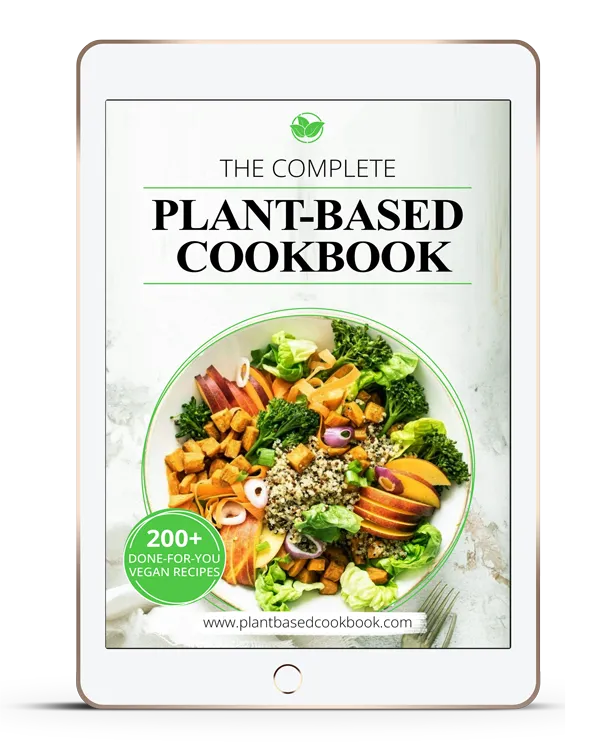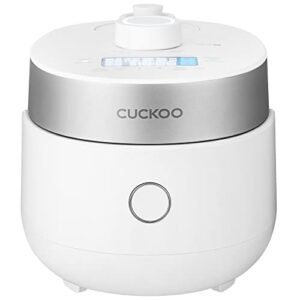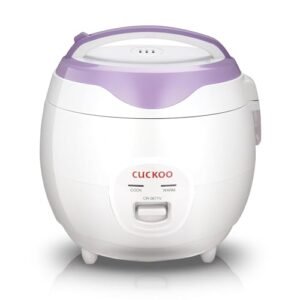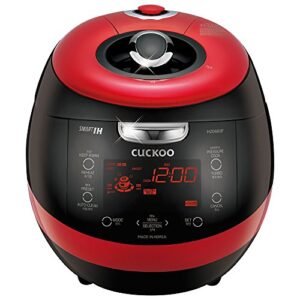One of my favorite varieties of rice has always been Jasmine rice because of its fragrance and unique flavor. One thing I did work out early on, though, is that if you don’t cook it properly these 2 essential aspects can be affected. So, today, I want to give you my top 5 tips for cooking Jasmine rice so that you preserve its full flavor.
Table of Contents
Toggle5 Tips For Cooking Jasmine Rice
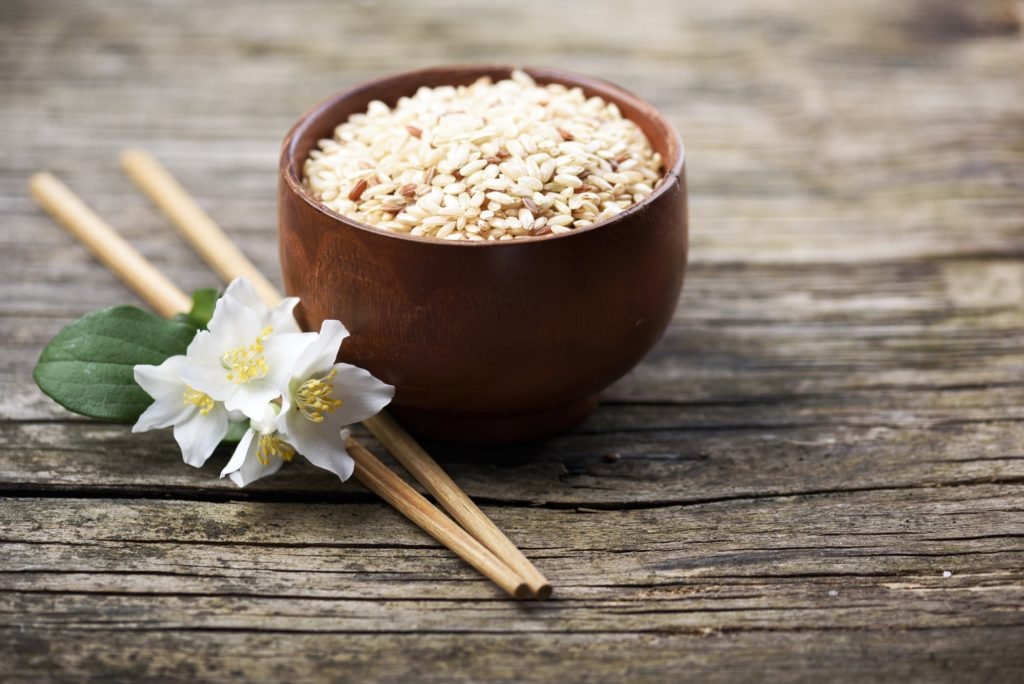
Lets face it, cooking rice is more art than science – and some of us have been perfecting our techniques for years. It requires a lot of practice and a deep understanding of the different kinds of rice to get the best results. This is doubly true when it comes to cooking aromatic varieties such as jasmine rice.
But, before you panic – I need to tell you that its not actually a complicated process, you only need to know some of the differences between the types of rice and how cooking affects them.
- LIGHT & BUTTERY: With a light, floral scent & buttery flavor, California White Jasmine Rice is practically irresistible. This long grain clings together when cooked but isnt sticky, so you can serve it in Thai curries, pilafs, & more!
- THOUGHTFULLY CRAFTED: This rice is perfectly suited for recipes that call for distinct kernels with a fluffy texture. Try incorporating it into a sweet & sour tofu dish, or perhaps even a Hawaiian style poke bowl. The possibilities are endless!
- GOOD FROM THE GRAIN UP: This product is Non-GMO Project Verified, gluten-free, vegan, & Kosher. At Lundberg Family Farms, we strive to make every bite of our grains as healthful as they are delicious.
- LEAVE THE LAND BETTER THAN YOU FOUND IT: There’s more to food than flavor. Our focus on organic, non-GMO & diverse grains helps create a food system that doesnt drain our earth’s resources, & that puts meals on your table of the highest quality.
- CULTIVATING A FAMILY TRADITION: For over four generations, the Lundberg family has produced high-quality organic rice products. Our mission is to honor our family farming legacy by nourishing, conserving, & innovating for a healthier wor
Prices pulled from the Amazon Product Advertising API on:
Product prices and availability are accurate as of the date/time indicated and are subject to change. Any price and availability information displayed on [relevant Amazon Site(s), as applicable] at the time of purchase will apply to the purchase of this product.
Jasmine, like other aromatic grains – such as Basmati – for example, all have similar characteristics and are distinct because of their fragrance and flavor.
But, don’t be worried by any of this because, once you know what to do, cooking the perfect Jasmine rice is actually pretty easy. Luckily for you, I’ve taken a lot of the pain away by perfecting what is, I think, the right way to cook Jasmine rice to keep it soft, flavorful, and fragrant.
So, here are my top 5 tips for creating the perfect Jasmine rice:
Tip 1: Only Use Fresh Rice
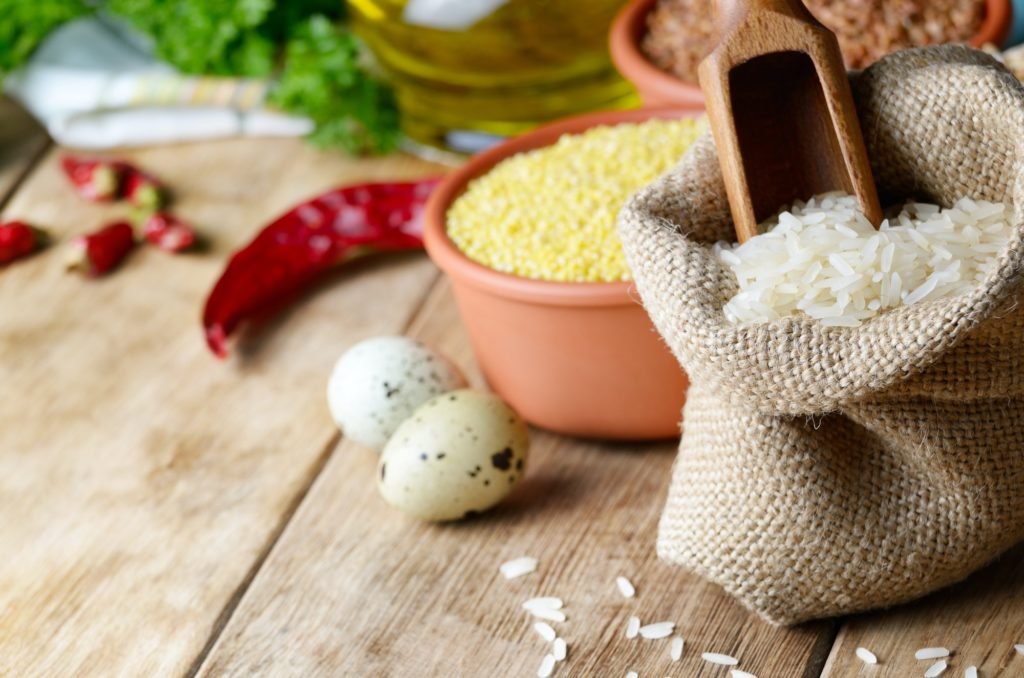
The distinctive flowery scent of jasmine rice can vary depending on the harvest time and it’s method of storage.
As you might expect, the strongest aroma comes from freshly harvested jasmine rice and, unfortunately, as this grain ages, its scent starts to diminish almost as soon as it leaves the field (or paddy if you prefer).
However, the good news is that its possible to slow this process down significantly but storing the rice properly. You may not get that strong, freshly picked scent anymore but at least you have preserved a few of what’s left.
The best way to preserve the aroma is to keep the rice sealed in an airtight container and then store that in a cool, dry space in a larder, for example. One technique I’ve used successfully is to use a vacuum food sealer to pack the rice and, again, keep it in a cool area. This, literally, seals the freshness in and also significantly increases the shelf life of the rice. That, in turn, enables you to bulk buy and save a lot of money.
Of course, it’s always best to buy just enough jasmine rice for the dish you are cooking to ensure freshness but that’s not always possible in today’s busy society. You should always check the label for sell-by dates at the supermarket and buy the freshest rice you can.
Tip #2: Wash and Rinse Thoroughly
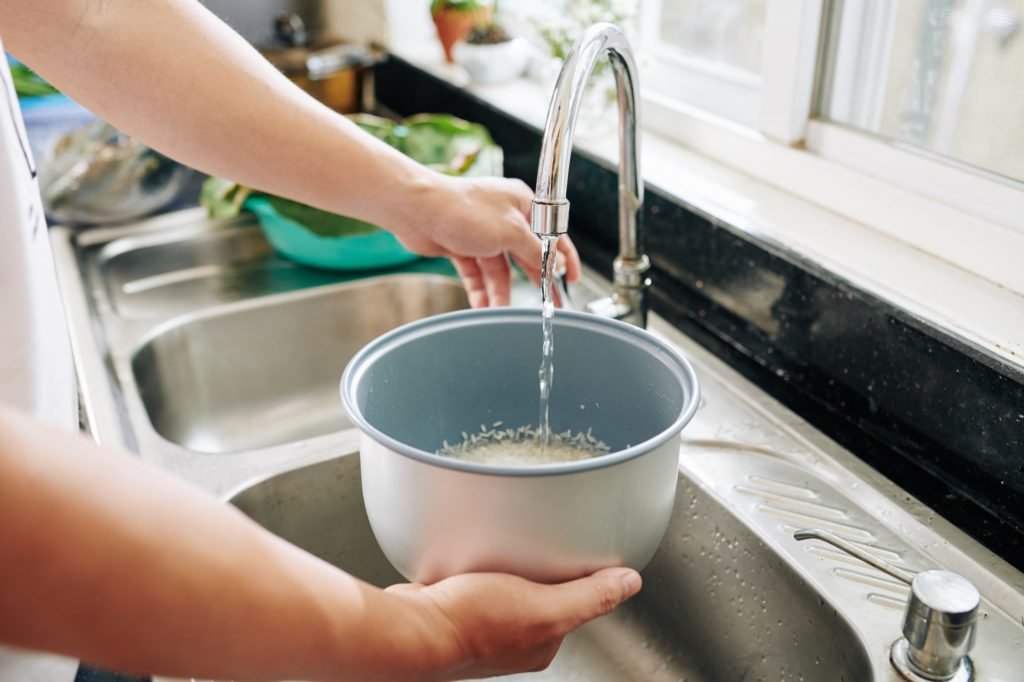
While some varieties of rice need to be soaked before cooking – normally the wholegrain varieties such as brown rice, black rice and wild rice – Jasmine only needs a quick rinse to remove the excess starch and dirt. Personally, I like to rinse my Jasmine rice 3 times using a wire colander under cold running water. Just let the water drain out, toss the rice and repeat.
Jasmine rice is already soft by nature so there’s no to soak the grains and, although I’ve read on several blogs that people like to soak it for between 5-10 minutes to shorten the cooking time, I’ve found that this can lead to a soft, mushy texture and, after all, if you are using a rice cooker – and you should be – then a few extra minutes cooking really isn’t a big deal.
Use your hands and mix the grains gently but never mix them forcefully otherwise the friction will cause the grains to rub against each other and produce more starch.
Tip #3: Use The Right Amount of Water
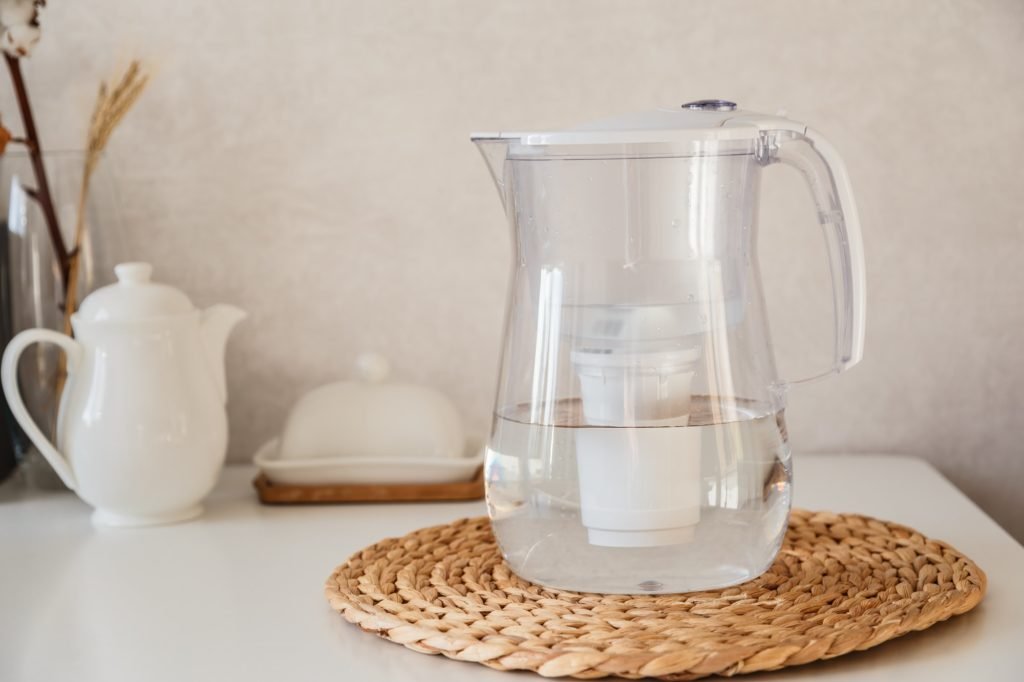
Preparing jasmine rice is almost the same with white rice but with a few subtle differences.
First of all, when buying jasmine rice always make you buy a well-known brand or that you can be sure of its origin. Each package also includes a brief cooking instructions most especially the rice-to-water ratio. For example, Famous Thai brands include English instructions on the packaging labels.
By default, rice requires a 1:1 water ratio, however, jasmine rice needs a bit more water than white rice.
The standard way of cooking a cup of jasmine rice requires about 1 1/2 cup of water for a perfect, fragrant, and fluffy bowl of jasmine rice goodness. However, the actual amount of water required will depend on the cooking technique you are using.
Its also worth noting that most modern rice cookers come with a handy measuring cup but this tends to be smaller than the standard cup measurement that most recipes use. So, with that in mind, check the rice cooker label for the correct water to rice ratio for best results.
The Knuckle Method

If, like me, you grew up in an Asian household, I bet you are familiar with the knuckle method.
My great-grandmother swore by this method and, you know what – it really works! I’ve used it on all kinds of rice from long grain to brown and even specialist varieties like Jasmine rice. So, let’s see how it works.
How to Do the Knuckle Method:
Its very simple. Just wash the rice like usual and then level it out onto the pot. Next, add enough water to reach the first knuckle of your index finger. The trick is not to push your finger down into the bottom of the pot, just rest it on the top of the rice – oh and dont add how water!
Brown rice and other colored rice need a bit more water so, instead of your index finger use your middle finger to measure the water.
I have to admit, I don’t really understand the science behind this method but I do know it works – and that’s what counts 😀
Steaming and not Boiling
You would think that the Thais would know a thing or two about cooking jasmine rice; after all thats where it originated from. And that seems to be the case, because they love to steam their jasmine rice – and whats more the results are spectacular.
It turns out that if you want fragrant jasmine rice then you need to forget about boiling it – steaming is definitely the way to go. The traditional Thai cooking method uses a bamboo steamer to create amazingly aromatic jasmine rice. The baskets are designed to let the moist water vapor in and to enable it to diffuse and circulate. 30 minutes of steaming is all thats needed to get the most amazing jasmine rice you have ever tasted.
Here’s the method of cooking jasmine rice given to me be that one of my very good Thai friends:
- First of all, wash the rice and drain it thoroughly. Take your bamboo steamer and line it with cheesecloth or, if you dont have that, any thin kitchen cloth will do – but make sure its clean
- Spread out the rice evenly inside the bamboo steamer and level it off. If the cloth is large enough, wrap it over the lid as this will help to trap the steam.
- Get a large pot and fill it with about 2 inches of water. Place this on the stove and bring it slowly to a boil.
- Place a rack over the top of the pot and put the bamboo steamer on top.
- Let it steam for 30 minutes adding water to the pot if needed.
- After 30 minutes, check that the rice is cooked and when done, remove it from heat and let it rest for about 5-10 minutes.
- Fluff with a fork and serve!
Salt or Season the Rice
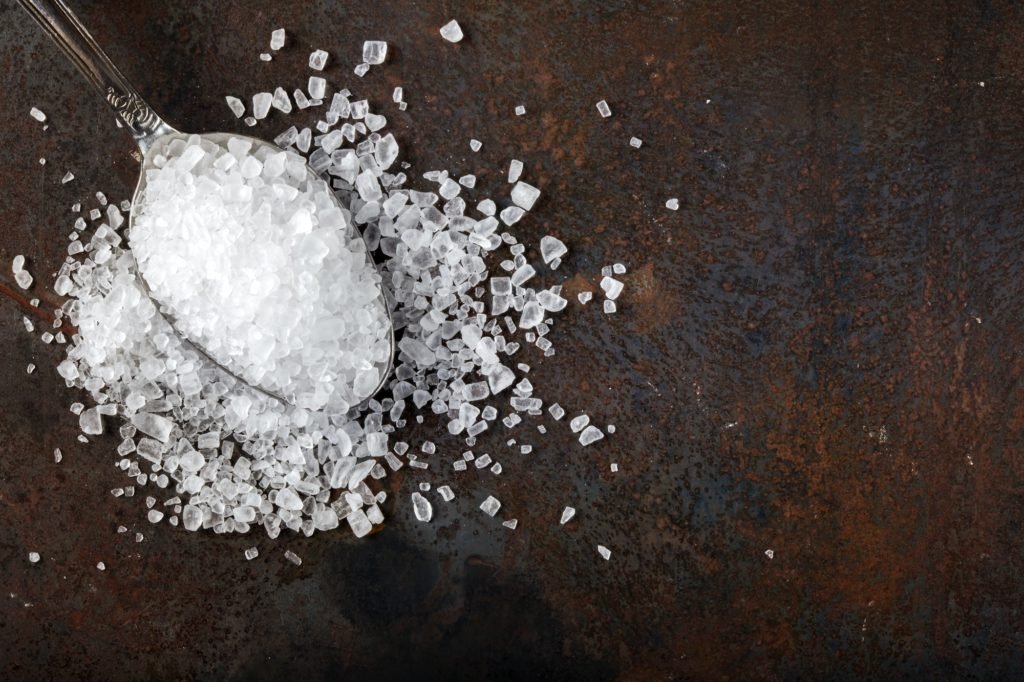
Most food benefits from some seasoning and jasmine rice is no exception. Although, generally speaking, I tend not to add too much salt to my food, I find that a pinch of salt added during the cooking really enhances jasmines flavor and beautifully complements its heady popcorn-like aroma.
Just add a pinch of salt after you have measured the water and placed it onto the pot or the rice cooker.
Or, you could experiment with For more exciting flavor, you can opt to add other seasonings such as herbs and spices.
How to Preserve Jasmine Rice to Keep its Aroma
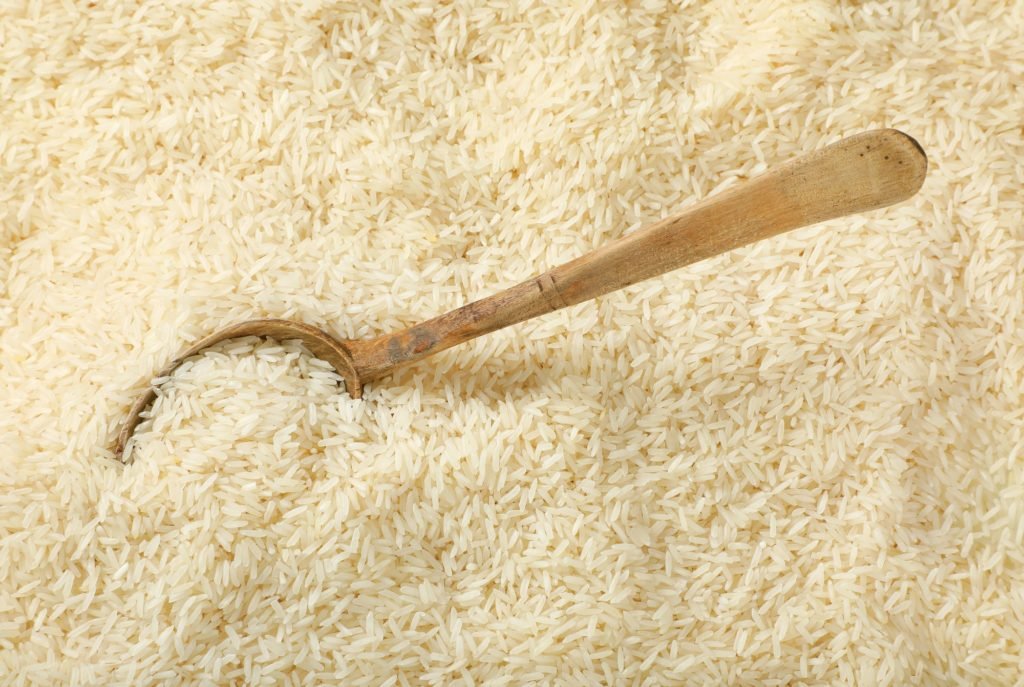
How you store rice not only has an effect on its taste but also on how long it is edible so its important to get the storage right. And that’s especially true when it comes to Jasmine rice. So, if you want to find out how to store jasmine rice and help it keep its flavor and aroma, then please, read on.
Uncooked Jasmine Rice
The good news is that uncooked jasmine grains can last almost indefinitely if stored the right way. The most important factors to control are temperature and humidity so, if possible, keep any uncooked rice in a cool, dark room – the best place is a cellar but, especially if you live in a warm climate watch out for pests such as mice or rats eating the grains.
Its also very easy to store- the best containers are
- Sealed airtight container such as large bin or plastic container
- Mason jar with a tight-fitting lid
- Heavy-duty resealable bag
Although I don’t recommend it, some people like to store rice in the fridge. My issue with that is not one of it affecting taste or the length of time you can store it but simply that it takes up a lot of space and its just not necessary. As long as the room itself is cool and dry you can use your fridge (and its expensive electricity) for storing more expensive food.
Cooked Jasmine Rice
As opposed to uncooked rice, cooked jasmine rice can only stay fresh and edible for about 4-6 days depending on the storage conditions. Cooked rice harbors bacteria – and it grows quickly – so if you leave cooked rice for too long you can get very ill. That’s why I suggest you only cook enough to for 1 or possibly 2 meals and, in any case, freshly cooked rice tastes better.
How to Tell if the Rice is Bad?

Like most foods – I always say let your eyes and nose be your guide. Rice thats gone off smells bad so, remember to do the sniff test before eating any cooked rice.
It also tends to turn a dull grey color or yellowish depending on the variety – this is caused by the high levels of bacteria which, of course, can lead to food poisoning.
Never leave cooked rice for a long time at room temperature and be very careful when reheating rice – I never do but if you absolutely have to use a microwave oven and cook until its piping hot as the microwave radiation tends to kill most bacteria.
How to Cook Jasmine Rice for a Better Aroma
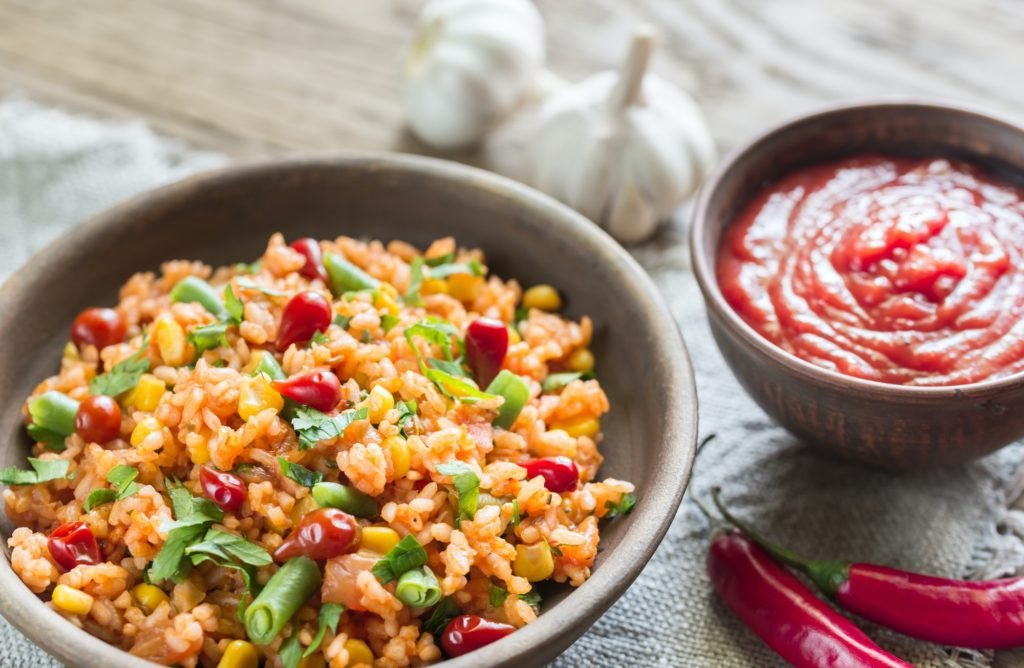
Now that we know how to cook the perfect bowl of jasmine rice preserve its full flavor, I’ll tell you how to cook it!
Stovetop cooking is good an old and proven way to cook anything also rice. However, to cook jasmine rice the right way you need to know how to do it and you need some practice.
If you are comfortable in using a pot or pan in cooking rice then check out these steps:
- Measure a cup of rice and 1 and 3/4 cups of water, place them into the pan. At this point, add in any additional ingredients such as salt, butter or oil.
- Cook on a medium-high heat and cover with a lid when the mixture starts boiling or when bubbles start to appear around the rice
- Reduce the heat to a very low setting and let the rice simmer for 15 minutes more
- Turn off the heat and fluff the rice with a fork or spatula and cover it for about 5 minutes. This will allow the steam to cook the rice well after fluffing
- Serve
Rice Cooker Method

Lets face it, using a rice cooker is simply the easiest and fastest way to cook rice. In comparison to the stovetop method, which requires standing for hours constantly monitoring and adjusting the cook, the one-touch set and forget rice cooker method is the way to go.
Rice cookers have also evolved a lot in recent years and even the cheap models sport an array of high tech functions that make the whole process cleaner, simpler and give better results.
That’s why I always use a rice cooker to cook jasmine rice – but not just any rice cooker!
My rice cooker is like a kitchen helper. Apart from me putting the water and rice into the pot, the cooker basically does everything on its own using some smart technology. This leaves me more time to enjoy a glass of wine or spend time with my family – and that’s as it should be.
As I said, cooking jasmine rice in a rice cooker is very easy:
- Place a cup of rice into the cooker inner pot and rinse well. Add in 2 cups of water. You can also add oil and salt for optional taste but if you are watching your salt intake, you may leave it as is.
- Put the inner pot into the rice cooker, cover and turn it on. Select the program according to the kind of rice you are cooking and wait until it turns to automatic keep warm mode. If you are using modern rice cookers with fuzzy logic technology or induction heating, chances are that the cooker will have specific settings for cooking white, brown or jasmine rice.
- When it switches to automatic keep warm function, fluff the rice with fork or spatula to make sure each grain is cooked evenly and, at this point you may want to add some butter or seasoning depending on your taste.
- Serve & enjoy!
What Rice Cooker is Best For Jasmine Rice?
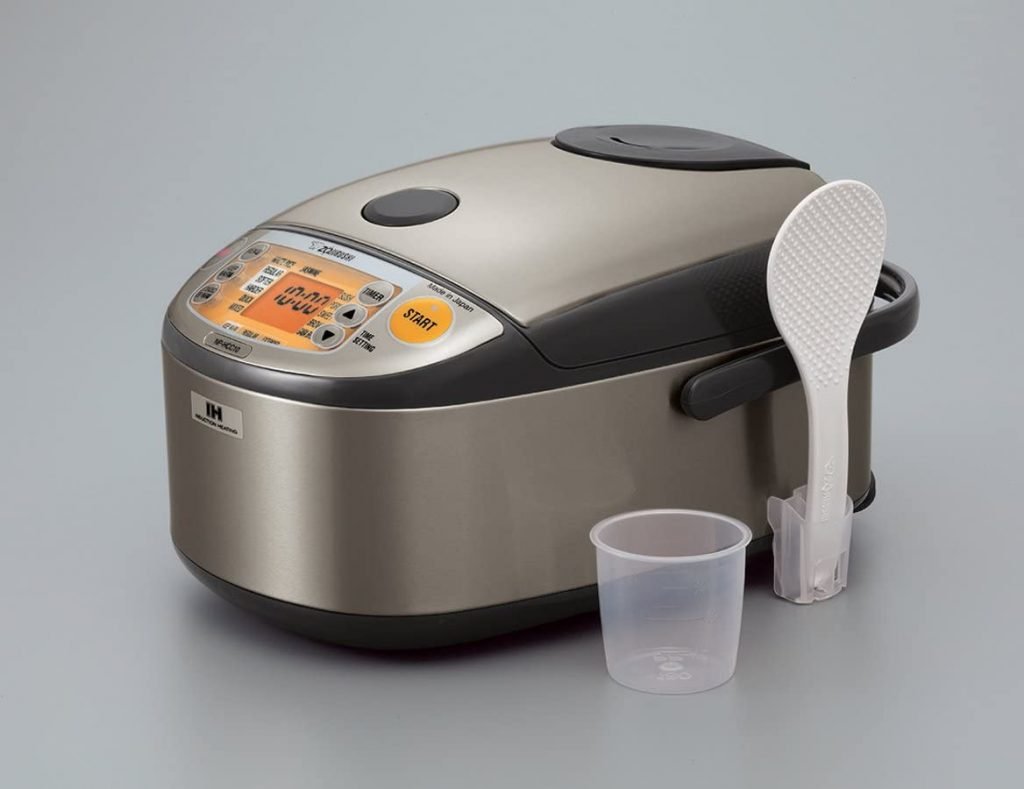
The good news is that jasmine rice tastes great no matter which cooker you use.
But, of course, some are easier to use than others and, in my opinion the best rice cooker that can compete with a busy lifestyle is the Zojirushi NP-HCC10XH
Its not the cheapest model but the results it provides are always outstanding.
With advanced features such as fuzzy logic to control the temperature and moisture levels and a powerful induction heating pot for even heat distribution, it practically cooks the rice itself.
I’ve found that this model, in particular, is great for jasmine rice as it keeps the rice soft and preserves its aroma so that once you are ready to serve, the entire room is enveloped with the beautiful jasmine fragrance.
Summary
So, hopefully after reading this post you will have a better understanding of how to cook perfect Jasmine rice. We discussed that freshness, the washing method , water ratio, steaming, and salting are very important to creating the perfect bowl of jasmine rice.
I also shared some of my best tips, and, finally revealed the best rice cooker for jasmine rice.
Jasmine rice is one of my personal favorites. i love its unique aroma and it just goes great with so many Asian dishes. I hope you enjoy it as much especially that you now know how to cook it.
Thanks for reading and, please, remember to share your experiences and thoughts in the comments below.
Hopefully, you enjoyed this post and, if you would like to find out more great ways to use your rice cooker, I have posts covering how to cook pasta, fish, or even lentils. Who knew that a rice cooker could be so versatile ?!



